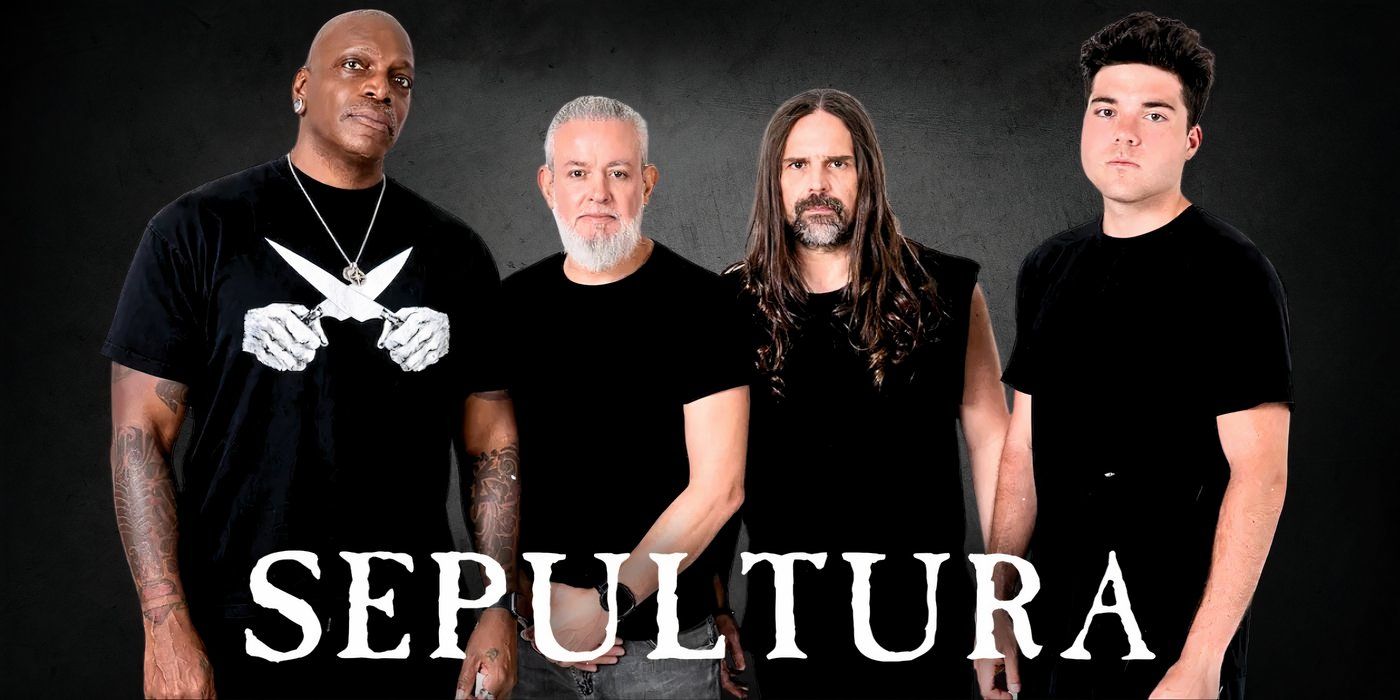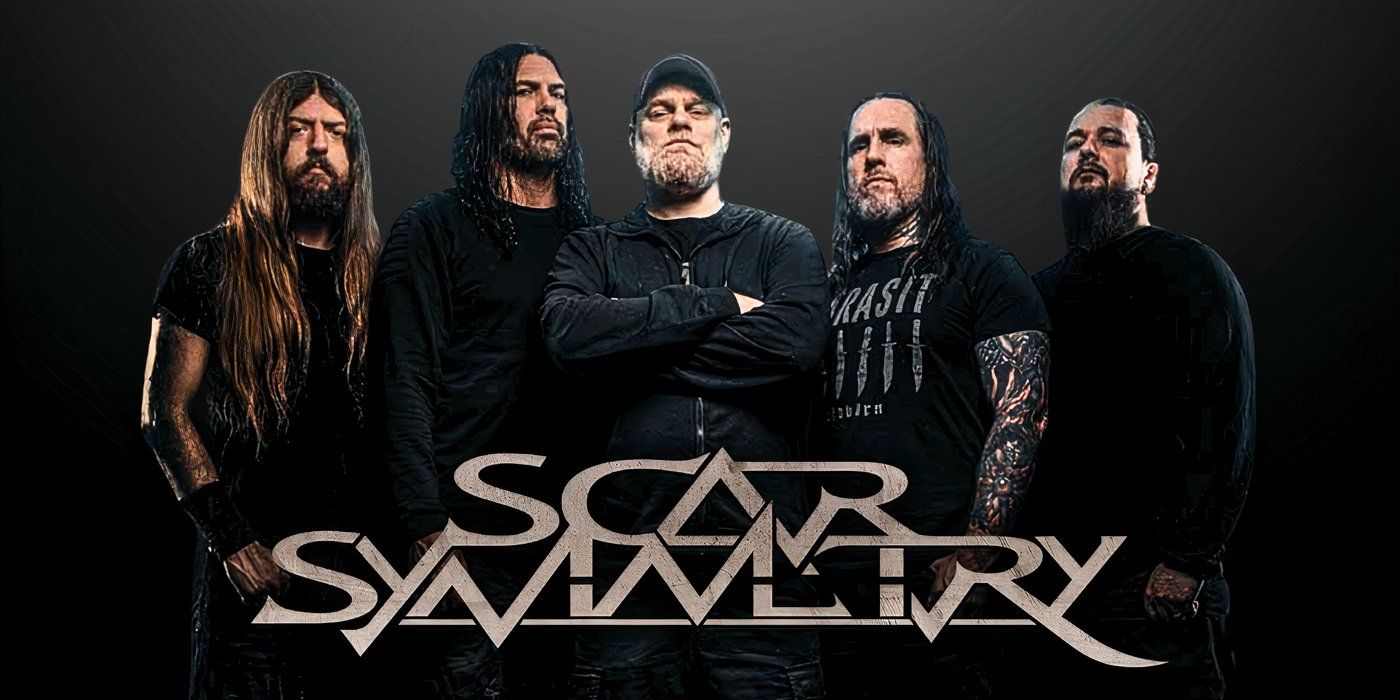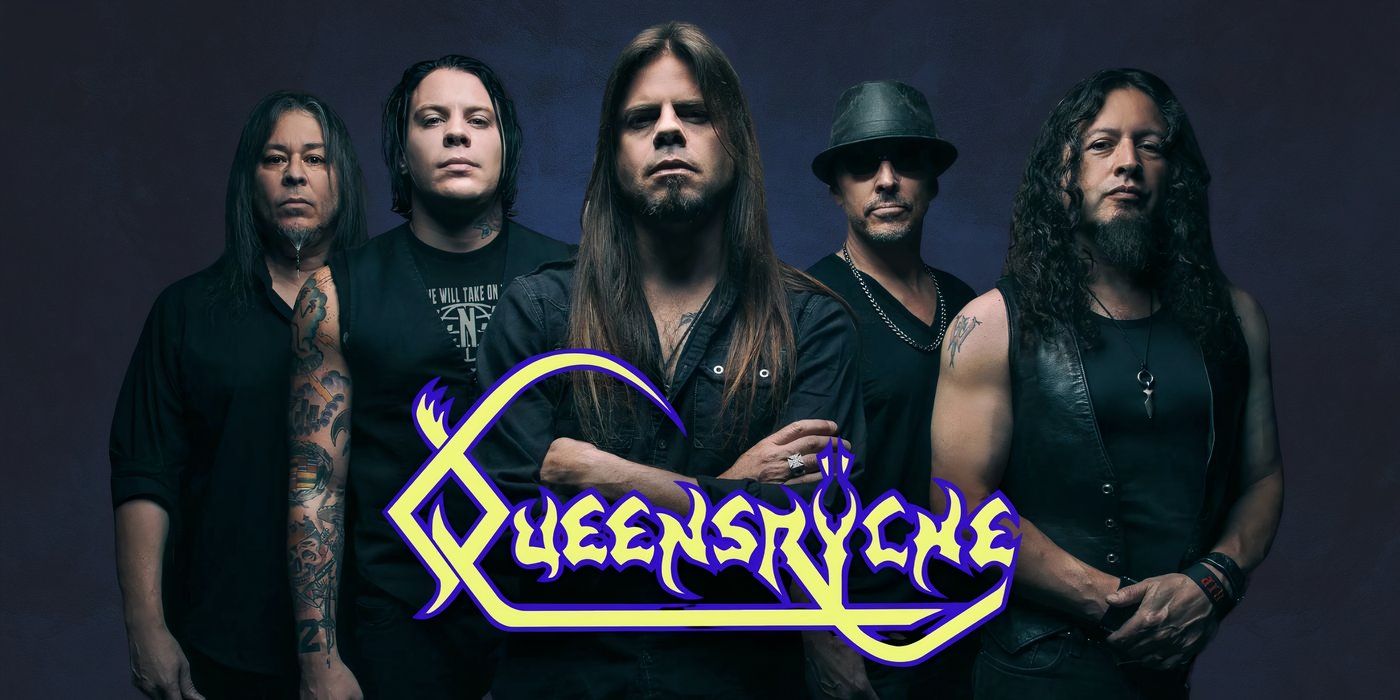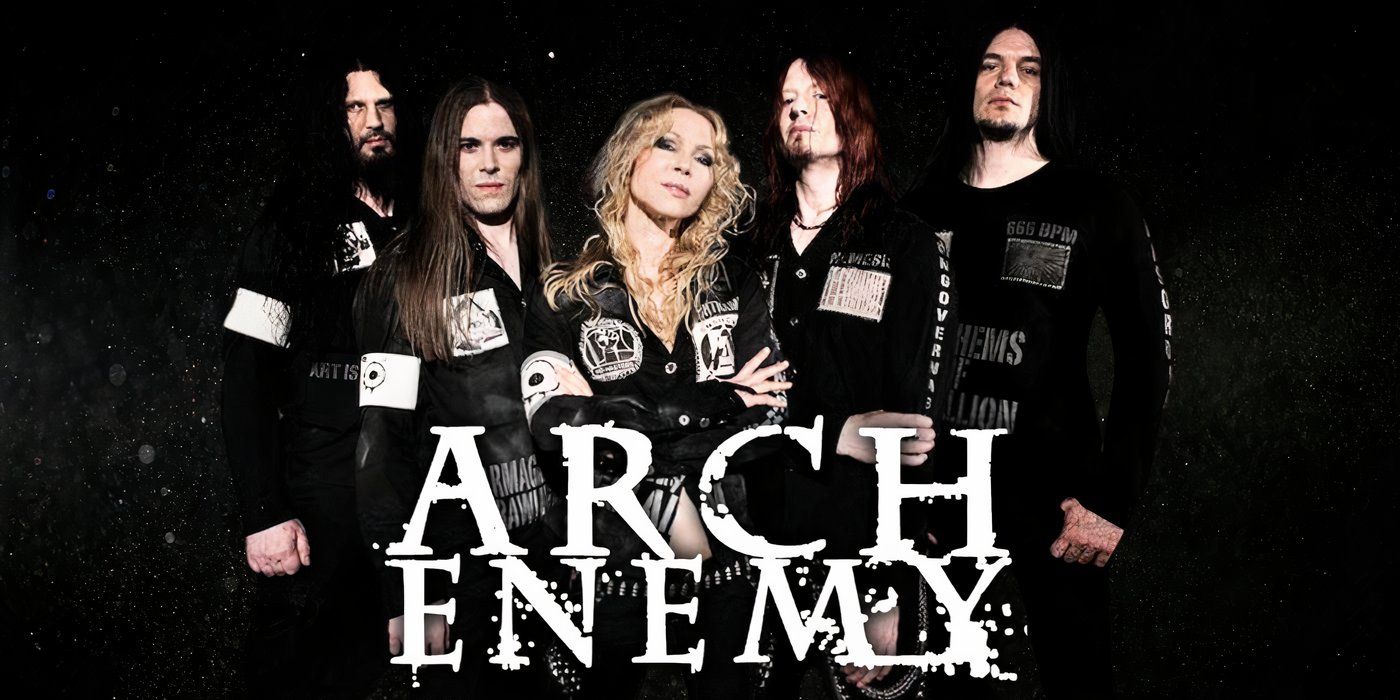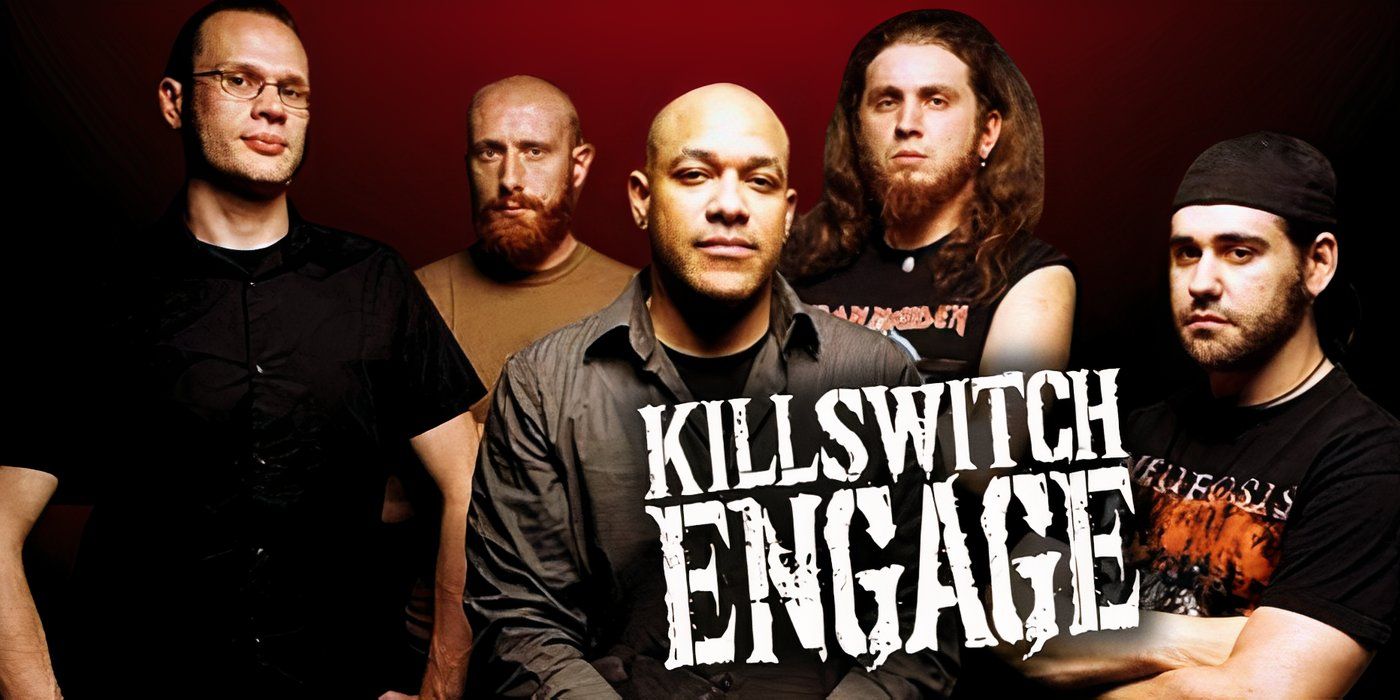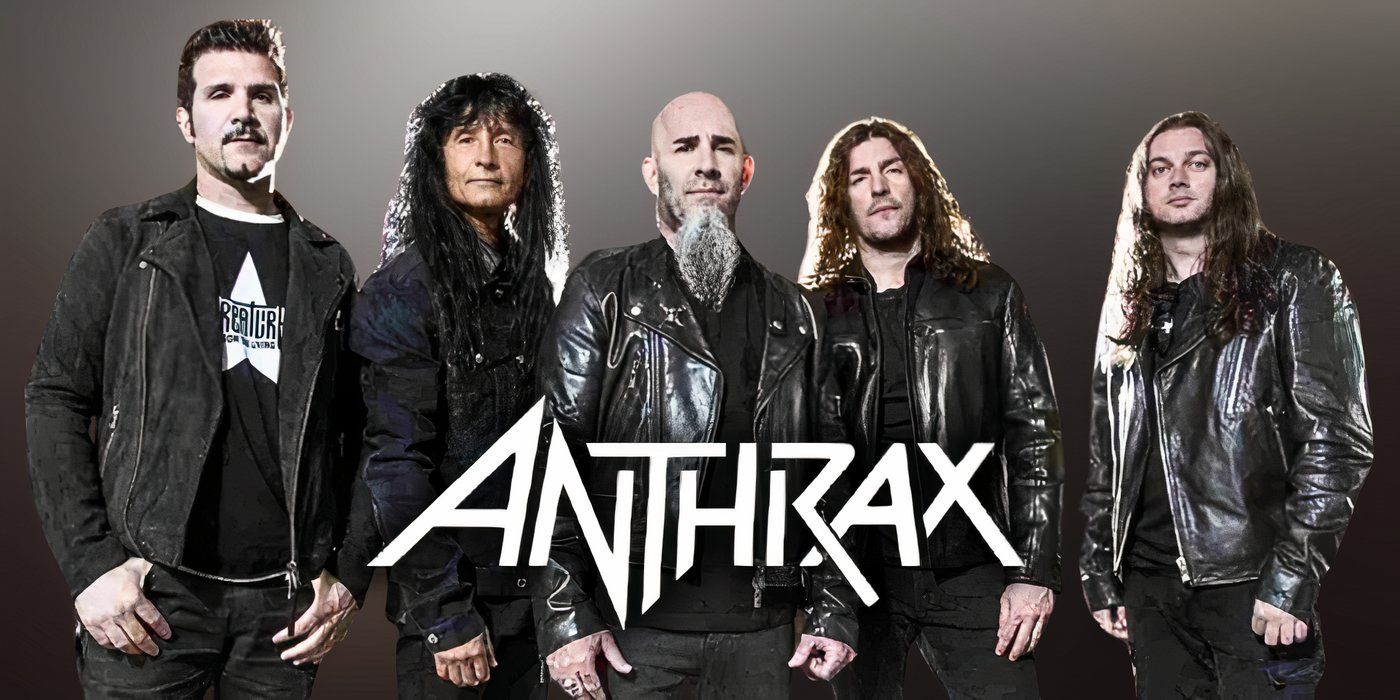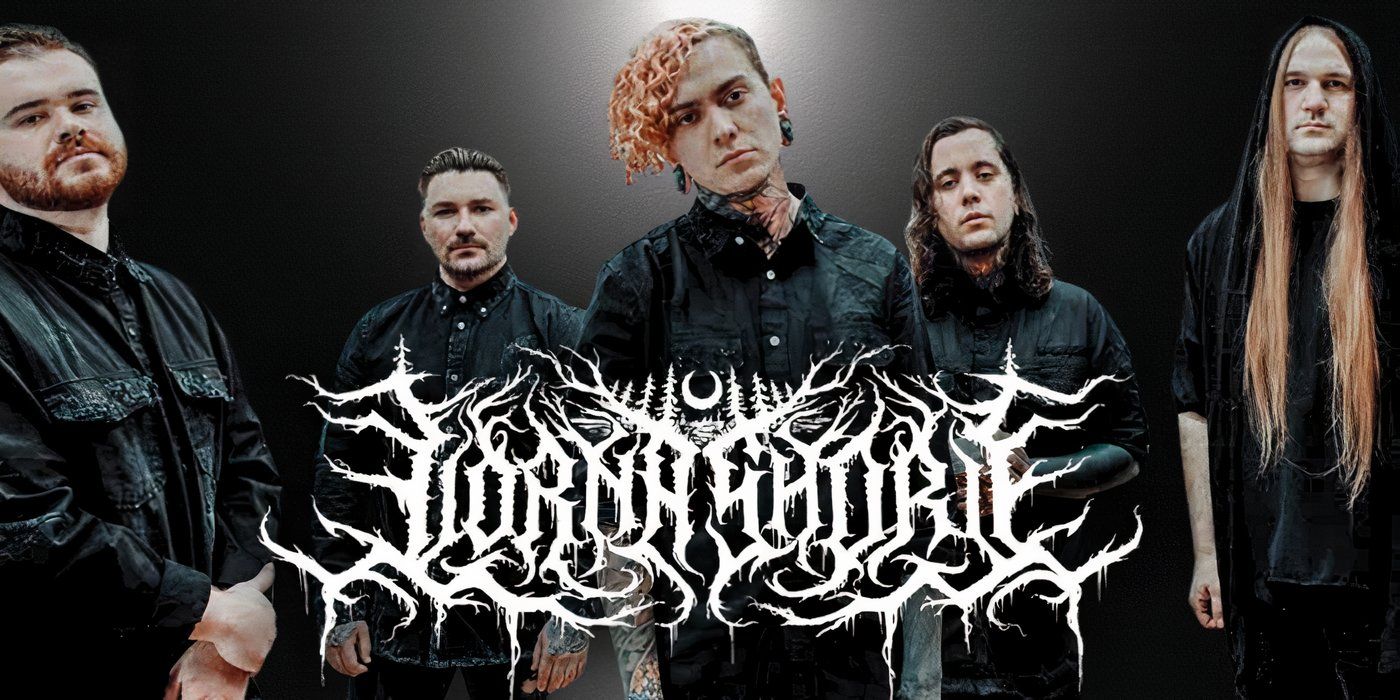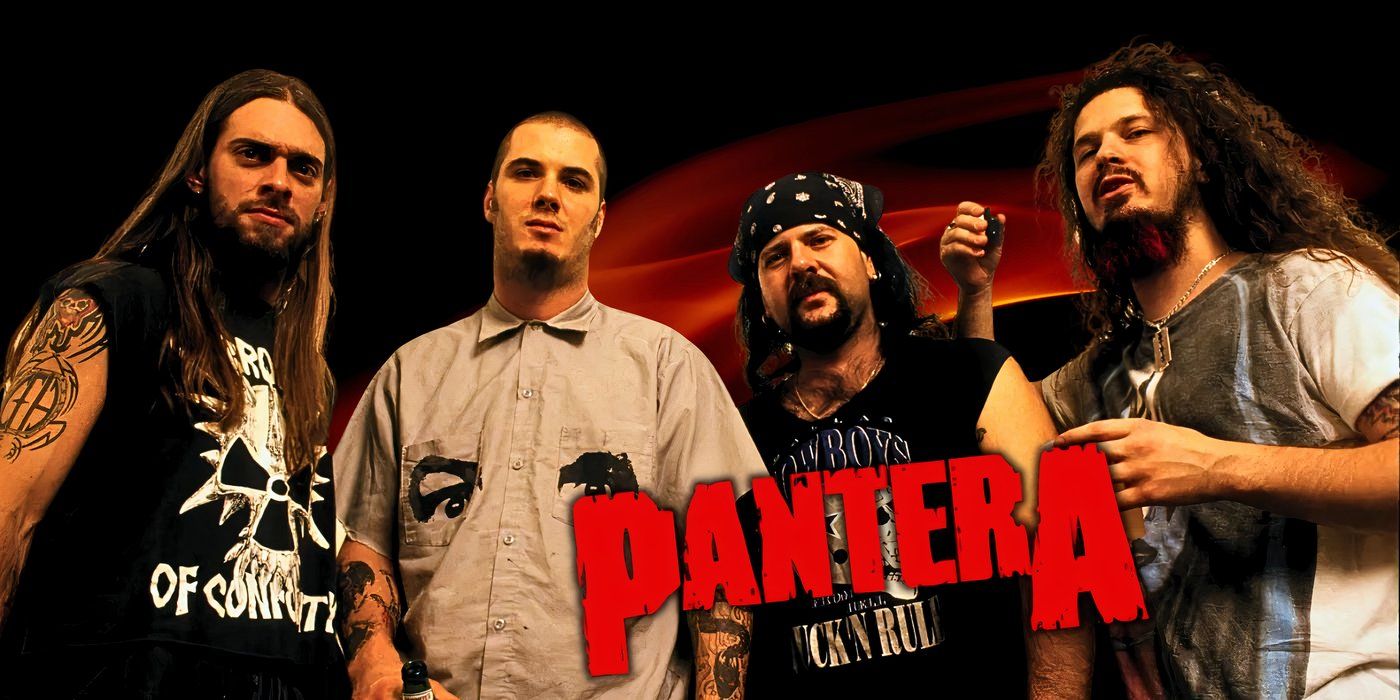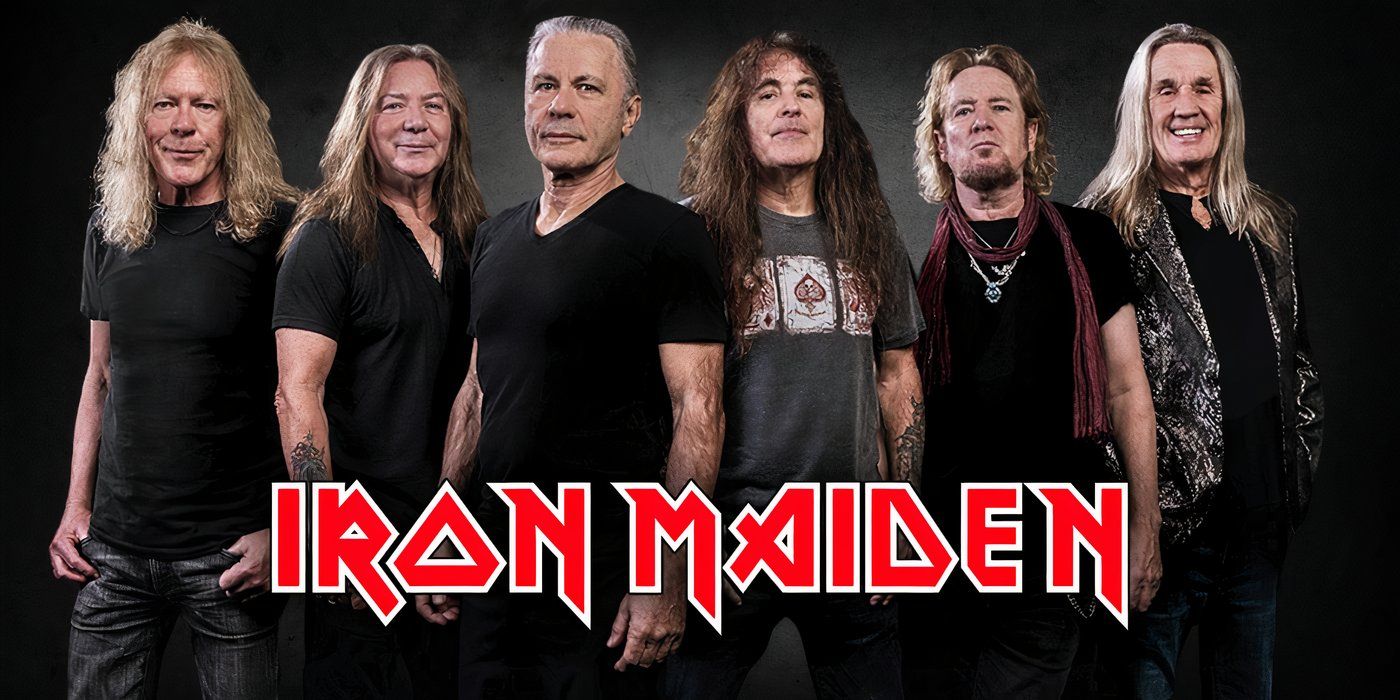10 Replacement Metal Vocalists Who Were More Successful Than The Original
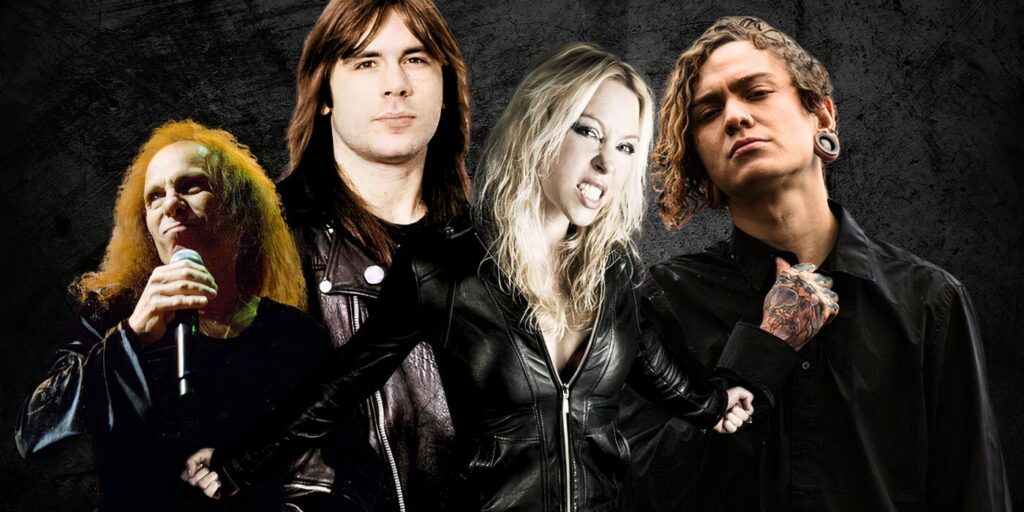
It’s not unlikely for a metal band to experience a line-up change or two throughout their career. Perhaps the most difficult of transitions to pull off would be that of a lead vocalist, whose literal voice is forever entrenched in the identity of the band.
We’ve seen this delicate switch earn success across the greater rock genre, including Deep Purple’s embrace of blues-dripped David Coverdale, who would become a fan-favorite and endearing member. Countering, we’ve also seen not-so-great choices, like the Gary Cherone era of Van Halen, which has mostly gone on to be remembered as a challenging phase for the band.
Below are metal and metal-sub-genre-focused bands that had to cross the same bridge in their career. Each replacement vocalist has elevated the band’s success, generated new heights of fame, and some even completely outperformed their predecessors.
10
Derrick Green
Sepultura
The Brazilian metal band Sepultura had achieved legendary status before their founding member and vocalist Max Cavalera departed amid an intense emotional disagreement. Derrick Green’s first album with the band Against faltered, but audiences still anticipated a grand return for Sepultura.
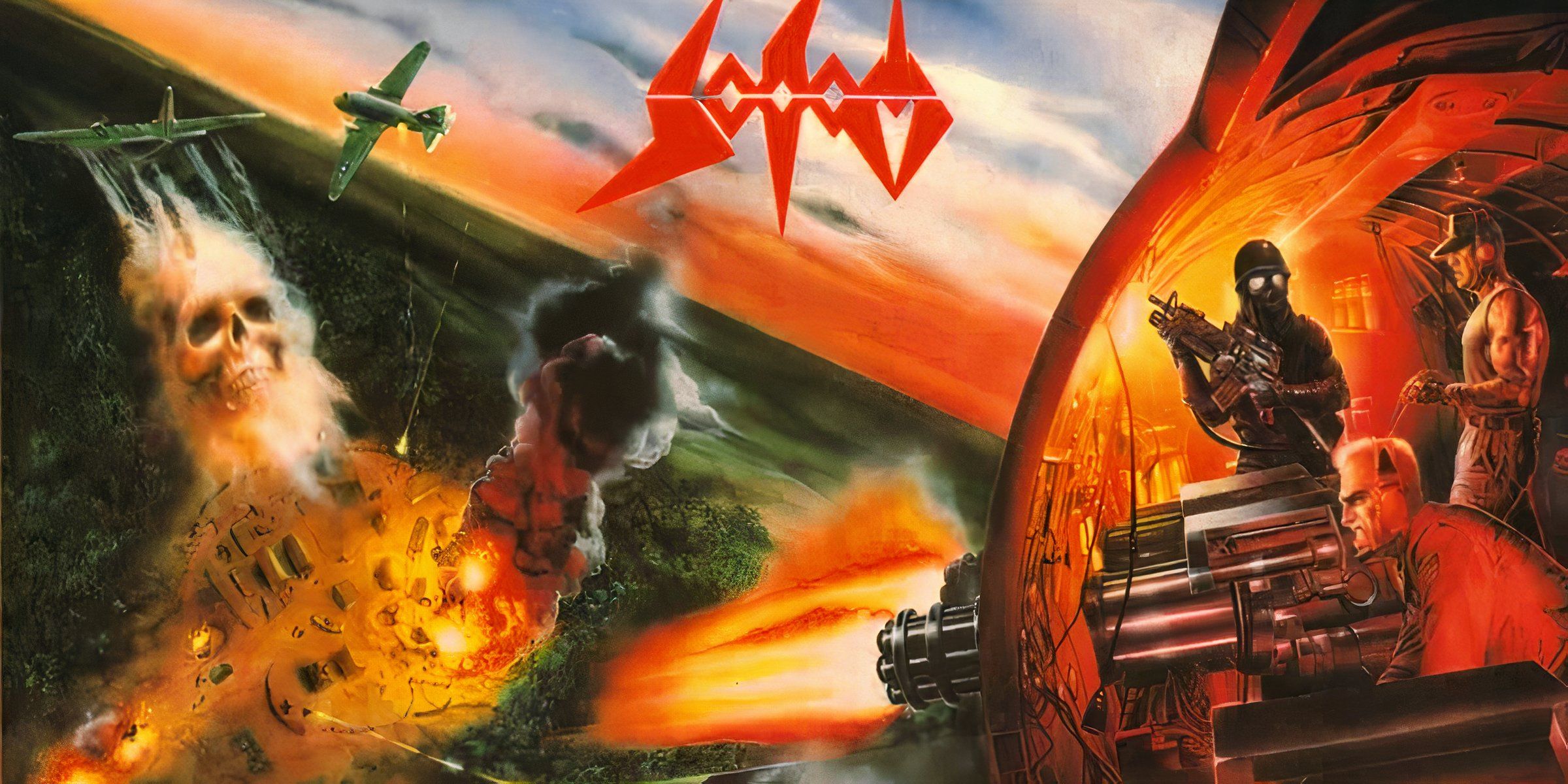
Related
10 Great Thrash Metal Albums Not Made By The Big Four
While it’s tempting to believe thrash metal was built on the back of just four bands, these releases are just as deserving of praise.
As a band that has experienced numerous line-up changes throughout its 40 years of existence, they’ve obstinately remained a consistent force in the metal genre. Green’s tenure with the band has seen Sepultura experiment with different subgenres of metal, including thrash, groove, and industrial to highlight a few.
His vocal performance draws on the established sound of Cavelera, but provides a differing tambour that embodies a more raw, emotional execution. This ability to both embody the beloved origins of the band while presenting new influences has allowed Sepultura to remain an enduring global brand in metal music.
9
Lars Palmqvist & Roberth Karlsson
Scar Symmetry
It took two singers to replace Scar Symmetry’s original vocalist, Christian Älvestam. Smartly, the band made the decision to split vocal duties into ‘clean’ and ‘harsh’ categories. This afforded Lars Palmqvist to perform the more melodic, clean-sounding vocals, while Roberth Karlsson could focus on the more growl-driven, harsher vocal performance.
The Swedish melodic-metal band originally gained traction due to Älvestam’s unique versatility as a singer. Yet the momentum realized with Palmqvist and Karlsson has climbed higher with every release. The duo’s introduction was 2009’s Dark Matter Dimensions. With this release, they would make headway in North America, securing three consecutive tour spots which would keep them on the road for nearly a year and a half. The tenure would be worth it, as their fifth studio album, The Unseen Empire, would give them their biggest US sales.
8
Todd La Torre
Queensrÿche
The leaders of progressive metal Queensrÿche parted ways with original singer, Geoff Tate, after 32 years together, and achieved notable commercial success. The current vocalist, Todd La Torre, was brought in after an overhaul of band management saw the termination of Tate alongside some of his family members that also worked under the band’s company. Opposing band members felt the Tate family had too much governance in the band’s activities.
The first shows announced with La Torre at the helm sold out in 48 hours, providing assurance the band was still a viable product without Tate, while equally creating immense pressure for the new singer, who had been scouted via YouTube. Differing from other artists on this list, La Torre’s vocals most stylistically resemble the singer he was replacing. What he has brought to the band is consistency and the ability to uphold their hallmark sound going forward with new material.
7
Angela Gossow
Arch Enemy
The Swedish force of melodic metal, Arch Enemy, has had three singers since founding member Johan Liiva’s departure at the turn of the millennium. The vocalist that gave the band their biggest growth was their first replacement, Angela Gossow. Replacing a founding member of a supergroup band is tough; going from a male vocalist to a female vocalist is wild.
Angela Gossow has a background in marketing and originally crossed paths with future bandmate, guitarist Michael Amott, while interviewing him for an online magazine. The demo she would hand him that day would be what got her the audition for Arch Enemy only months later.
Gossow would enter the picture and bring with her new ideas and structuring of vocals, which would be a fresh innovation in Arch Enemy’s catalog at the time. Her mezzo-soprano vocal range combined with intense growling technique permitted Gossow’s voice to stand out among the male-driven metal and hard rock vocals on the airwaves.
With her ingenuity, the band would see their highest-charting album in the US, Rise of the Tyrant, five years in with Gossow. After 13 years, Gossow would step back as frontwoman, becoming the band’s business manager instead. She hand-selected her replacement and current vocalist, Alissa White-Gluz.
6
Howard Jones
Killswitch Engage
Howard Jones initially declined the offer to join Killswitch Engage, but reconsidered after learning of original vocalist Jesse Leach’s mental health struggles that affected his ability to perform. His first album with the band, 2007’s The End of Heartache, would go on to be certified Gold in the US and be Grammy nominated for Best Metal Performance.
Jones’ background in more hardcore genres lends itself to the reshaping of Killswitch Engage’s vocal lines. His ability to show contrast between intense baritone range growls while flipping to a more head voice-driven, higher-pitched scream unequivocally illustrates his recognition as one of the best singers in metalcore. His singing voice displays consistent breath control and warmth that helps Jones to permeate different levels of emotional display. Jones is a well-rounded vocalist and a big part of the formula that propelled the band to their initial commercial success.
5
Ronnie James Dio
Black Sabbath
With famed vocalist Ozzy Osbourne departing due to mental health struggles, Ronnie James Dio was brought in as the titular singer’s replacement. Along with a new sound, Dio brought fresh perspectives on the musical direction Black Sabbath should take.
Dio’s influence would be witnessed on 1980’s Heaven and Hell album. While it did receive immediate critical acclaim, it has gone on to receive retroactive accolades, being cited as one of the best albums in their catalog. Notably, it would give the band their highest charting album since 1975’s Sabotage.
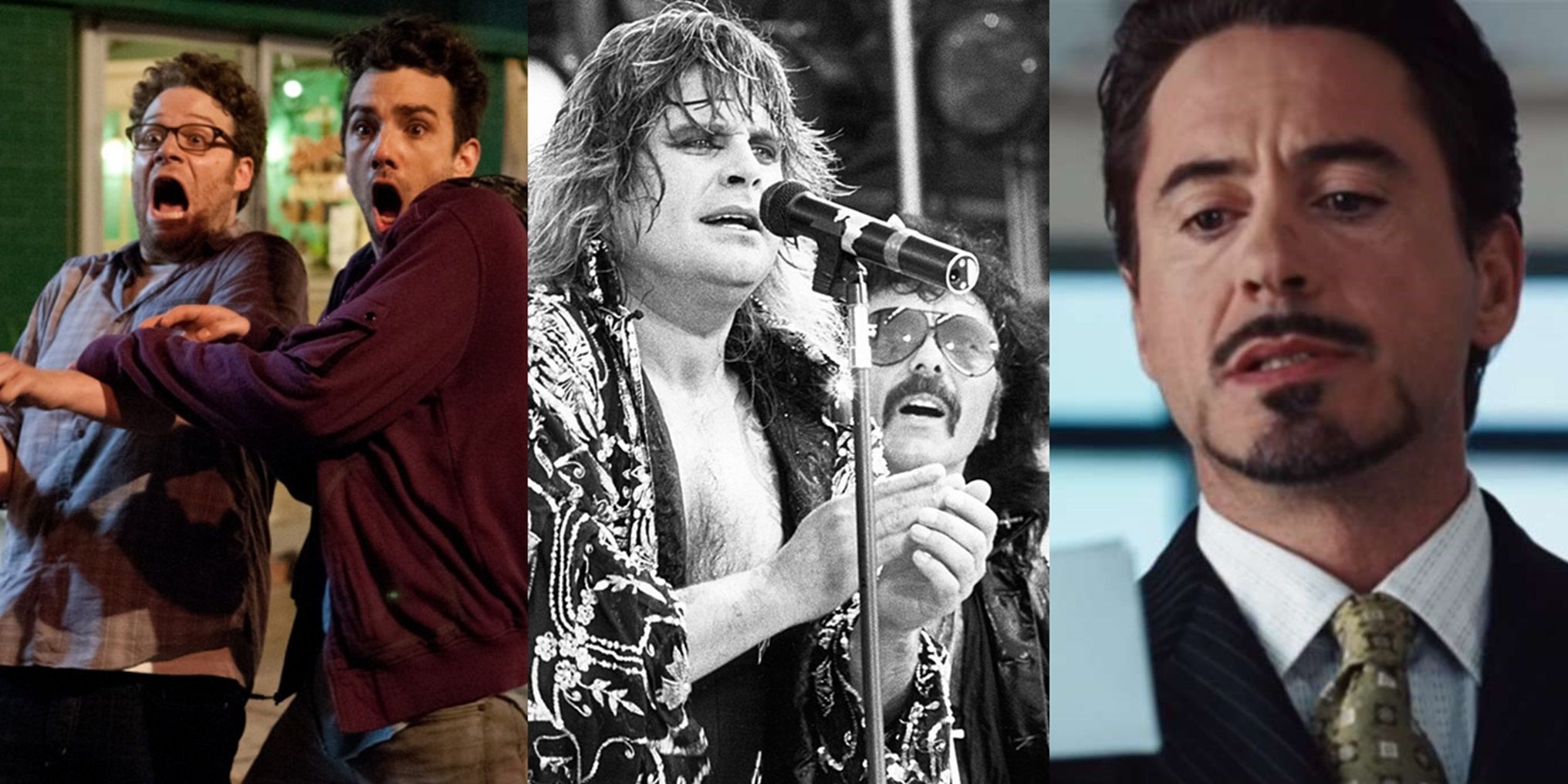
Related
10 Best Uses Of Black Sabbath Songs In Movies
One of the first heavy metal bands, Black Sabbath’s music adds edginess to any movie scene, whether in Iron Man, Almost Famous, or Dazed and Confused.
Coinciding with the timeframe of Sabotage, Osbourne’s mental state was deteriorating. What also suffered was the following album, Technical Ecstasy. While management was still trying to persuade Osbourne to return, Dio had to step into a famed band as the new guy. He restored the Black Sabbath brand on his first outing and proved his ability as a vocalist by being steadfast in his performance.
4
Joey Belladonna
Anthrax
While Neil Turbin was the vocalist that helped Anthrax gain initial attention and a record deal, his replacement, Joey Belladonna, would be the one who made them legends in the thrash metal genre. First heard on the band’s Armed and Dangerous EP, audiences wouldn’t get to fully experience Belladonna’s vocal mastery until the second studio album, Spreading the Disease. A turning point for the band, it would be critically praised for showing a progression of the genre coupled with intense technical ability.
Anthrax’s follow-up album, Among the Living, would once again propel the band to new heights and recognition with Belladonna commanding the vocal reins. While Belladonna’s vocal style is similar to Turbin’s, it has a strength to it that shows he is singing with better internal support. His ability to foster creativity within Anthrax to explore their sound, coupled with his technical vocal mastery, is what has cemented the band in metal history.
3
Will Ramos
Lorna Shore
Lorna Shore achieved moderate success with original vocalist Tom Barber in the metalcore field. Yet it would be Will Ramos, the third replacement for Barber, to propel the band into critically acclaimed recognition. Ramos made his debut with the band on “To the Hellfire” in 2012. This lead single would create a resurgence in the band and go on to become their most-streamed song on Spotify.
What Ramos is able to achieve vocally is one of the most enduring traits of Lorna Shore. A supreme deathcore singer, he displays agility in his sporadic, merciless vocal assault – at times, not even sounding human. Ramos’ ability to produce otherworldly vocalizations is a standout among the genre itself and has generated the most mainstream success Lorna Shore has experienced to date. Such internal levels of vocal technicality combined with the band’s instrumental evolution into becoming more symphonic has created a furor of anticipation for the next stages of their career.
2
Phil Anselmo
Pantera
While Phil Anselmo is near exclusively recognized as Pantera’s lead singer, he is a replacement for original vocalist Terry Glaze. Despite three albums being released under Glaze’s direction, it would be Anselmo and 1990’s album Cowboys from Hell that would skyrocket Pantera to prominence.

Related
10 Most Memorable Band Member Exits In Rock Music History
Musicians quit bands for all kinds of reasons, but these unforgettable, highly publicized rockstar exits will go down in rock music history.
The sound Pantera had with Glaze was glam rock-based, yet wasn’t bringing anything new to the genre. The restructuring with Anselmo is what allowed the brand of Pantera to be reborn, this time as a leader of the groove metal scene. With 1994’s Far Beyond Driven, Pantera would experience their first album to debut at number one on the Billboard Hot 200.
The intrinsic, instinctual musicality of brothers Dimebag Darrell and Vinnie Paul could easily overtake the whole band. Instead, Anselmo’s explosive vocals hold their own, creating intense moments interlaced among the groove created by the guitar and drum duo.
1
Bruce Dickinson
Iron Maiden
Despite enjoying early glimmers of success, due to progressively destructive drug usage, Paul Di’Anno was removed from his vocal duties with Iron Maiden. Bruce Dickinson took over and was introduced on the band’s acclaimed The Number of the Beast album. Proving Dickinson as the right choice, his first outing with Iron Maiden achieved their first number one on the UK Albums charts.
Dickinson’s vocal prowess created an excitement within the musical structuring of Iron Maiden, as he had the ability to explore more complicated vocal lines. The band would continue to outdue themselves alongside the new singer, with their next album birthing two of their most popular songs, “The Trooper” and “Flight of Icarus.” Yet It would be the Dickinson-driven “Bring Your Daughter… to the Slaughter” which would give Iron Maiden their only UK Singles number one.

